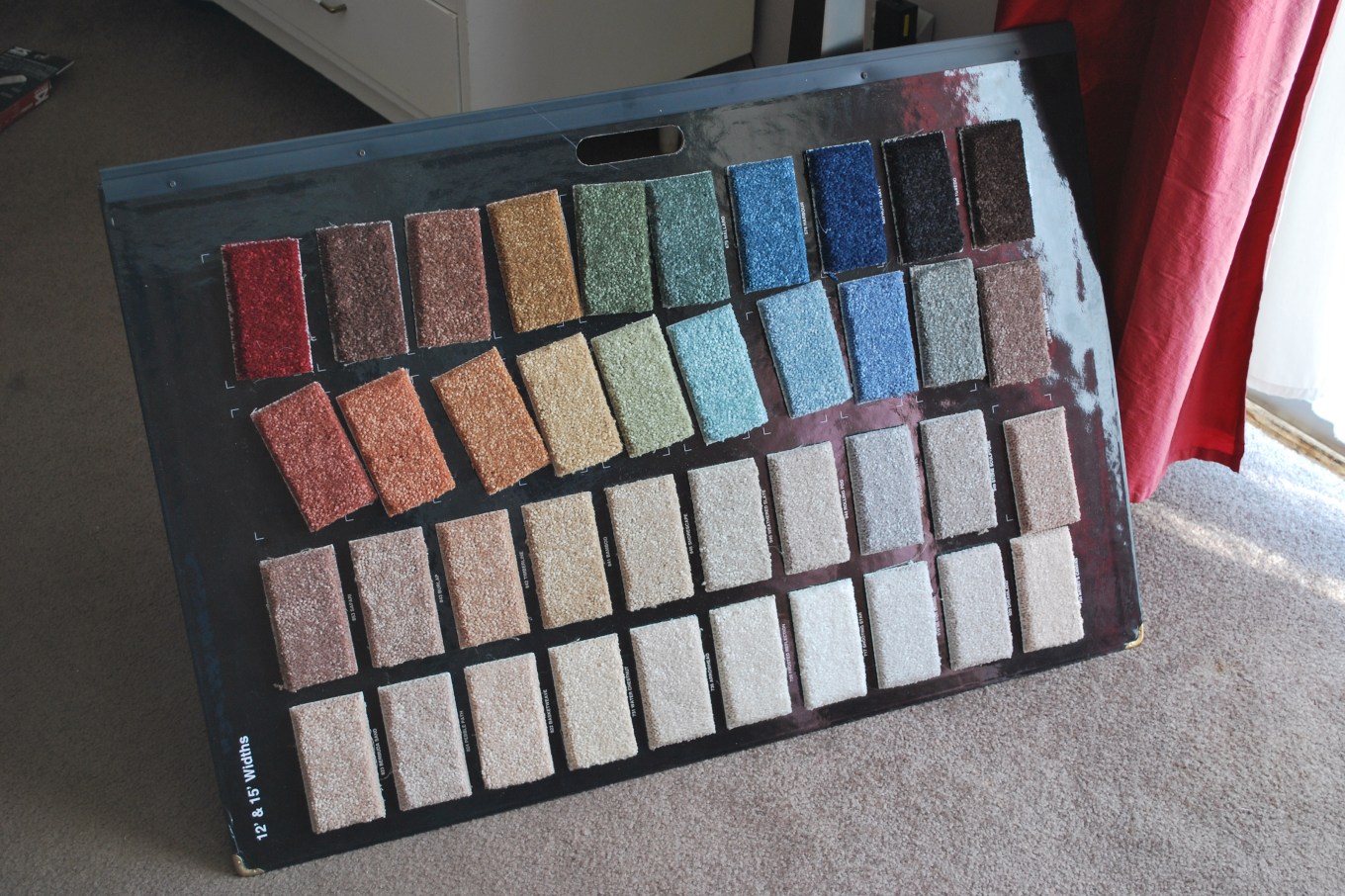Well, that was a total waste. That Robin’s Egg Blue paint color you picked for your entryway now looks like the color of that (really cheap) beach hotel room back in your spring break days. It’s not at all what you envisioned. Living with a wall color you end up disliking is a good reason to be extremely careful about the paint color you choose.
“People have to understand that the color of an object won’t look the same 24 hours a day,” says architect and lighting designer Joseph Rey-Barreau. “I just had bamboo flooring installed throughout my house. During the day it looks totally different than it looks at night.”
The way we “see” color primarily depends on these two things:
1. The light an object absorbs. Black absorbs all colors; white absorbs none; blue absorbs red.
2. How the light source works. Natural light changes throughout the day, and a room’s location affects it. Artificial light changes based on the characteristics of the light bulb. You can buy warmer or cooler light-emitting diodes, and even “smart” LED bulbs whose color you can control wirelessly. “You can point to the color of the sky in a picture at sunset and make the light bulb in the house be that same color,” says Rey-Barreau.
How Sunlight Affects Colors
As the amount and angle of the sun changes, so will your room colors. “Natural light should always be considered when choosing color for a space,” says the marketing director for Farrow & Ball paint company.
North-facing rooms: Light in these rooms is cool and bluish. Bolder colors show up better than muted colors, and lighter colors will look subdued. Farrow & Ball recommends using strong colors and embracing what nature has given.
South-facing rooms: Lots of high-in-the-sky light brings out the best in cool and warm colors. Dark colors will look brighter, and lighter colors will virtually glow.
East-facing rooms: East light is warm and yellowy before noon, but turns bluer later in the day. These are great rooms for reds, oranges, and yellows.
West-facing rooms: Evening light in these rooms is beautiful and warm, while scant morning light can produce shadows and make colors look dull.
Related: The Latest In Lighting Trends to Enhance Your Home
Tips for Achieving the Pain Color You Want
1. Paint squares of primed drywall with samples of the colors you’re considering and move them around the room during the day. Apply at least two coats.
2. Evaluate samples of carpet during different daylight conditions.
3. Most contractors won’t hang lights before you paint, but you can get a color approximation by placing a bulb you’ll be using in a floor or desk lamp. If you’re hyper-sensitive to color or want a specific look, ask your electrician to hang the lights, then cover them carefully during painting.
4. Remember that natural and artificial light will work together during certain times of day. That’s especially true in summer, when dusk lasts a long time. Turn on artificial lights even during daylight to see what your colors will look like.
5. Paint sheen also affects color. Glossy finishes will reflect light and change the way the color looks. But flat finishes are less reflective and allow colors to look truer under bright light.
6. Light-colored walls can reflect the colors of bold carpets: A bright blue rug, for instance, can cast a bluish tone on a white wall.
Related:
